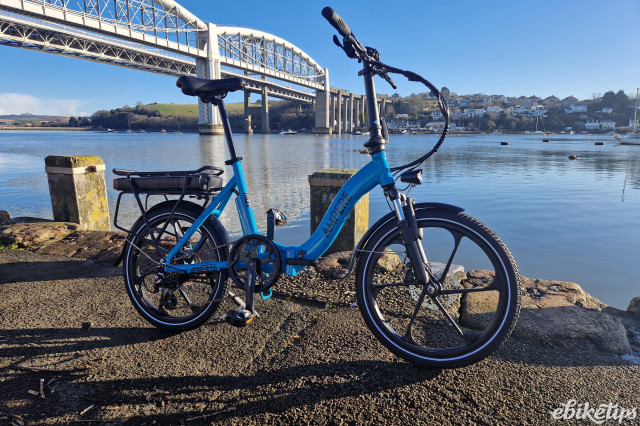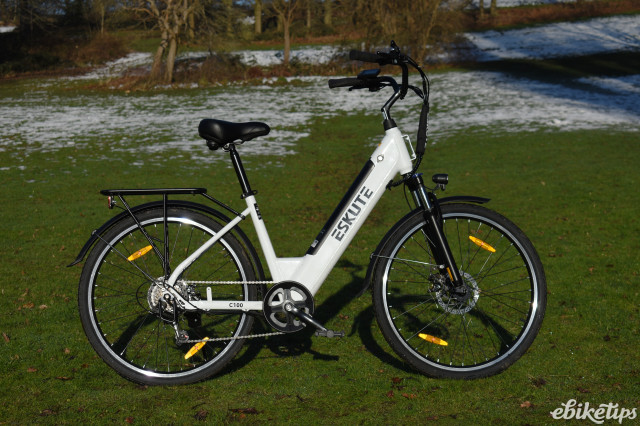In a "what on earth?" moment, YouTuber Chris Doel has managed to create an e-bike battery out of waste disposable vape batteries. And not only that, but it managed 20 miles with barely any pedalling.
Now of course, we don't condone riding an e-bike that travels under its own steam on public roads, but this use case is particularly interesting given the environmental context.
Why disposable vape batteries?
From June 2025, disposable vapes will be made illegal in the UK. And it's pretty clear to see why - with 260 million thrown away each year, containing enough lithium to make 1.3 million e-bike batteries, or 49 million mobile phone batteries.
But what you might not know is that many disposable vapes actually come with rechargeable batteries. So YouTuber Chris Doel took it upon himself to save some of that waste, and repurpose the lithium cells into a battery to power an electric bike.
Most e-bikers know that the most valuable, or expensive part of an e-bike is in fact the battery. Which is why you see so many cheaper batteries for sale - but they often cut corners, particularly with the battery management systems, which is what helps to prevent a fire or explosion if a cell was to stop functioning correctly.
What did he do?
Doel built power banks in a previous video, but for his latest experiment, he took on a bigger project - powering an electric bike with vape batteries. E-bike batteries are made up of lithium cells called 18650s, the same way many batteries are made - from laptops to electric cars.
So how are they put together? The cells are grouped together to collate capacity. Each 'group' of cells is around 3.6V so to make a typically sized 36V battery, manufacturers stack 10 groups on top of each other to create the capacity they want.
Then, you need something called a battery management system, or BMS. This is the monitoring system of all the cells, and keeps track of each individual one to make sure they are healthy and operating safely. This is done by connecting the BMS to each cell group via wires, which can monitor the voltage from each group. The BMS is often what's missing in cheaper batteries, so it's important when you buy an e-bike battery you make sure it has one.
In the video, he created a 48V battery by using 130 vape cells. So, he stripped the cells out, did all the technical bits (that we won't go into detail here) to make sure they are all working as required, and put them into 3D printed modules to connect them all together. A bit of science and technical know-how later, and voila, he had a working battery.
Did it work?
And yes, it worked. He managed to create a 48V, 1,500W battery, which is pretty impressive. He stuck it onto the back of his bike, and managed a top speed of 32mph. By riding it not in pedal assist mode, it is no longer classed as an electrically assisted pedal cycle, aka EAPC, and thus shouldn't be ridden on public roads or trails without the correct insurance etc.
But, the point of the video wasn't just to create something a bit mad, it's showcasing just how much electrical waste there is - and that the 'waste' isn't necessarily something that should be thrown away. As he showed in the video, the batteries from seemingly disposable vapes can be re-used, and many able to be recharged up to 300 times in a life cycle.
Thankfully, the government is bringing in a ban on disposable vapes from June next year. But it makes you wonder, what else is creating so much waste, and how can we prevent it?
Watch Chris Doel's video on his YouTube channel, here.









